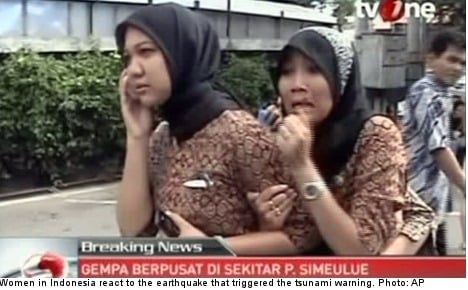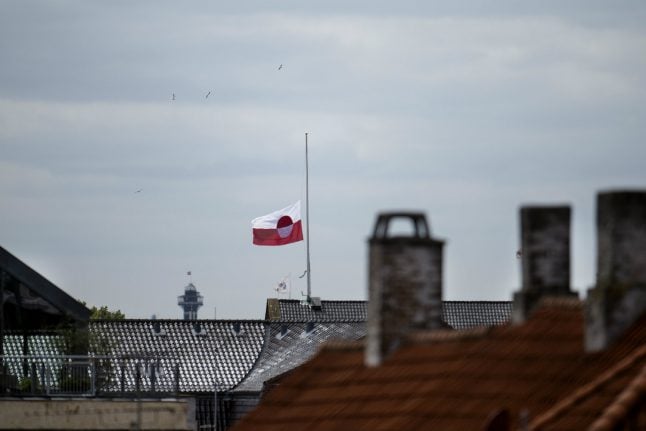“It was chaos, everyone is running in different directions. We didn’t get any information. It is very stressful and everyone is crying,” tourist Mikaela Clausenius told daily Aftonbladet.
Clausenius told the paper how she and her family had received warning of the expected tsunami while they were lounging by the pool. The family followed the others up on the roof, where they stayed until they recived the all clear.
Similar reports started to come in from other affected areas. Another tourist wrote to the paper that he and his friends fled up to the third floor of their hotel.
“The staff have disappeared. We are on the third floor. We’re hoping it will be eough,” he wrote to the paper.
Swedish travel agencies had begun evacuating tourists from areas affected by the earth quake on Wednesday fearing the effects of a potential tsunami in the region.
“There are thousands of Swedes in the affected provinces,” confirmed Andreas Magnusson of the Swedish Embassy in Bangkok to news agency TT.
Travel companies Ving, Apollo and Fritidsresor on Wednesday urged their clients to leave the beaches of Phuket, Ao Nang, and Krabi due to the fear of a tsunami.
“We are sending text messages informing them that a tsunami warning has been issued and that they should get themselves to the safer areas in the mountains,” said Ving spokeswoman Magdalena Öhrn to TT.
“There are evacuation routes that the authorities in Phuket have made available so there is information everywhere of where to go during a tsunami alert.”
And according to Anders Jörle, spokesperson for the foreign ministry, all the embassies in the region are alerted.
Roberta Alenius, a spokesperson for prime minister Fredrik Reinfeldt, also confirmed that the prime minister and the government were standing by.
“The government’s crisis group is following what is happening closely and is working on following the set up procedures,” she said to TT.
The Swedish Civil Contingencies Agency (Myndigheten för samhällsskydd och beredskap, MSB), is following the events and are ready to despatch personnel to the area should the situation worsen.
“We could have many there within 24 hours,” said Stina Sjölin, of the MSB to TT.
However, later in the afternoon, Swedes who had headed for higher grounds started to return to their beach resorts as it became clear that the immediate danger was over.
“The situation has calmed down here now,” texted tourist Stefan Söderlund from the small island of Koh Ngai outside of Krabi to Aftonbladet.
The Local/rm



 Please whitelist us to continue reading.
Please whitelist us to continue reading.
Member comments